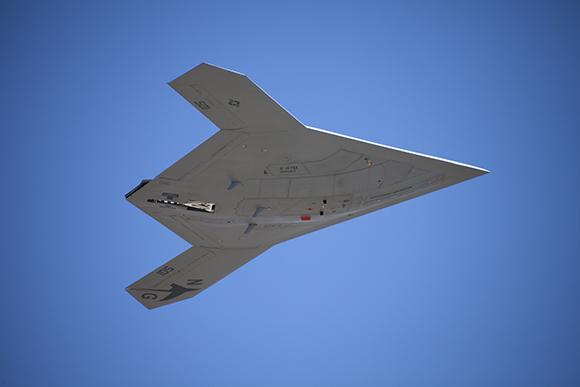"Hunting, drones and amazing aircraft". Beyond the current Syrian tactical situation, statements made a few minutes ago by the official Russian Ministry of Defense spokesperson, Igor Konashenkov, may have revealed the use of experimental aircraft under the Pentagon or in any case under development in the US.
In the usual daily appointment on the military effort in Syria and on the agreement that should come into force shortly between Moscow and Washington to avoid plane crashes on the skies of Syria, the statements of Konashenkov (every single word is studied and evaluated, then proffered not to case) may have revealed the use of secret flying platforms or pushed in this direction.
"Last October 10th, our fighters identified an American plane in the Syrian sky. It is not the first, it will not be the last. Our pilots continually identify American hunting and drones. Some identified drones are surprising ".
What prompted the Russian Ministry of Defense to use this word in Konashenkov's speech?
We must not underestimate the possibility that it is a strategy for internal use, at a time when the Russian people are waiting to understand the extent of the intervention in Syria (lightning or attrition). If so, the goal of the Russians would be clear: to pass the message of Russian superiority that forced the US to use the secret aircrafts. If not, what would the aircraft be? surprising intercepted by the Russians?
Officially only the US and Britain are developing some Unmanned Combat Air Vehicle (UCAV). In addition to the UK Taranis, there is the Northrop Grumman RQ-180. The United States tests all the UCAVs in one of the nine bases like the 51 Area scattered throughout the US.
The RQ-180
The RQ-180, whose technical specifications have not yet been made known, should have a wavelength of 39 / 42 meters, however higher than that of an 737. He should have already flown ISR missions in Afghanistan and could be tested in Iraq and Syria.
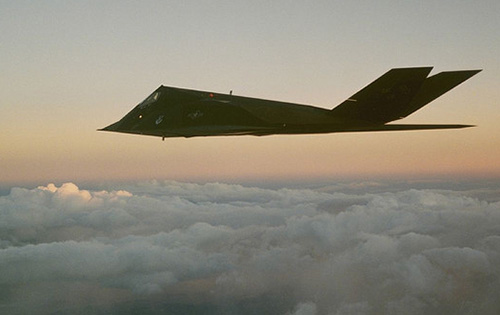 Similar to the X-47B (raised central body and thin wings - photo aperture), but with a wider aperture, the RQ-180 would exploit the know-how in terms of low observability gained with the experience gained with F -117 Nighthawk (picture on the right) and F-22 Raptor, combined with a more efficient aerodynamics. This should improve all aspects in terms of aerodynamic efficiency for a higher altitude, radius of action and parking. Its engine could be more powerful than the Global Hawk, the Rolls-Royce AE3007H. It is thought that it may be the same, albeit appropriately modified, of the X-47B. The RQ-180 is also considered capable of performing electronic attacks.
Similar to the X-47B (raised central body and thin wings - photo aperture), but with a wider aperture, the RQ-180 would exploit the know-how in terms of low observability gained with the experience gained with F -117 Nighthawk (picture on the right) and F-22 Raptor, combined with a more efficient aerodynamics. This should improve all aspects in terms of aerodynamic efficiency for a higher altitude, radius of action and parking. Its engine could be more powerful than the Global Hawk, the Rolls-Royce AE3007H. It is thought that it may be the same, albeit appropriately modified, of the X-47B. The RQ-180 is also considered capable of performing electronic attacks.
The platform derives from the project Joint Unmanned Combat Air System of Northrop Grumman, canceled at the end of the 2005 for differences in requirements between the Air Force and the Navy.
The Taranis deserves separate mention
Taranis is known to have successfully completed a test flight, recorded and publicized the 10 last August in the Woomera military pole in southern Australia. Taranis flew for 15 minutes, maneuvering at various odds and at different speeds before landing. A week later, the 17 August, another test flight was carried out. Since then, it has been estimated that other additional flights have been carried out.
IThe prototype, which today has touched the remarkable $ 316 million figure, aims to develop an invisible invisible pilot aircraft for C4ISTAR missions for surveillance, information gathering, and electronic warfare in enemy territory. Taranis wings have a high positive arrow angle with an aperture measuring 33 meters wide. According to BAE Systems, Taranis is the non plus ultra of engineering and aeronautical design.
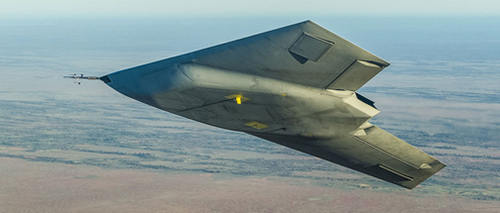
The 15 July of last year, at the Farnborough International Airshow, BAE Systems announced that the drone has completed the second series of test flights. In particular, operators evaluated the capabilities of electronic warfare, encrypted communication systems, the integration between the engine and the stealth capacity of the aircraft to avoid radar detections.
Taranis, the name of the Celtic god of thunder, is part of the Anglo-French project known as Future Combat Air System (FCAS).
FCAS aims to develop a new combat drone stealth, with member countries contributing in equal parts to half the budget of the program. Taranis remains a program top-secret, but some details have been declassified for the public by BAE Systems. We know that most of the drone technology was developed in England, but several American companies, including General Electric and the Triumph Group, have designed most of the flight systems. The first flight of the Taranis took place between October 2013 and March of 2014. The drone has demonstrated its ability to taxi autonomously to the runway, take off and fly to the destination area. Taranis would then be able to generate a flight plan to the target, locate it and return to the base. The aircraft also performed a simulated assessment of the damage done to the target before landing. All without human intervention.
The Taranis $ 316 million dollars were covered for 30% by the BAE and the UK Ministry of Defense for the remaining 70 percent. The Taranis was presented to the public in July of the 2010. The first tests classified on the ground started in the 2013. Taranis was designed for asymmetric warfare and for air-to-air and air-to-ground combat. It is probably already operational.
And if instead ...
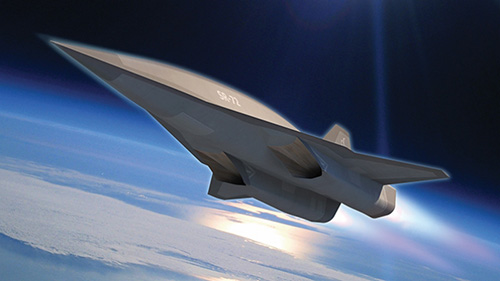
We are in the field of mere conjectures, but we know that the US is developing a new spy plane without a pilot nicknamed SR-72 (picture on the right). Long under development at the 'Skunk Works' division, which takes care of Lockheed Martin's advanced programs, it will be the successor of the famous SR-71 (photo below) that the Air Force has been using for decades, but withdrawn from service almost twenty years ago.
A hypersonic aircraft, armed with missiles (hypersonic), could penetrate any enemy airspace of the planet in less than an hour.
The speed - according to Lockheed Martin - it is the next frontier of technology to counter emerging threats in the coming decades.
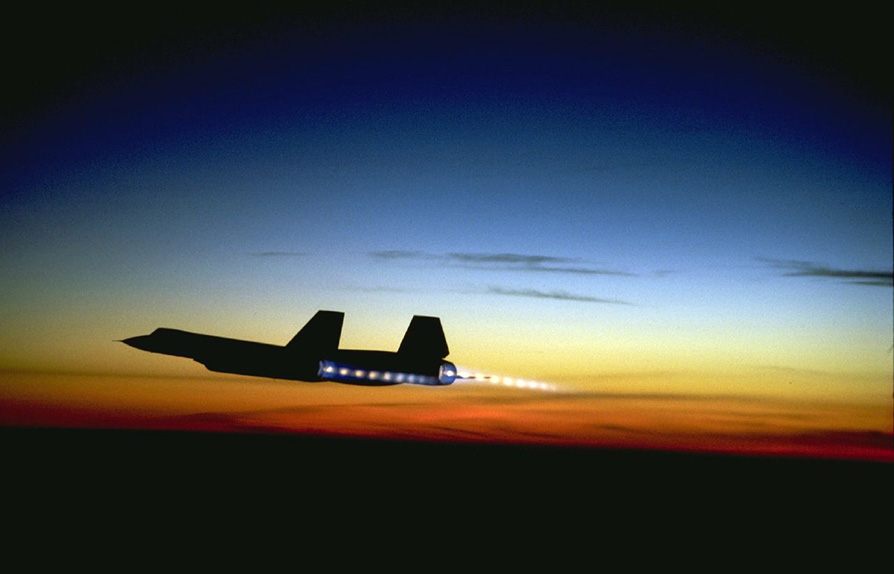 (photo: Northrop Grumman / BAE Systems / Lockheed Martin)
(photo: Northrop Grumman / BAE Systems / Lockheed Martin)

